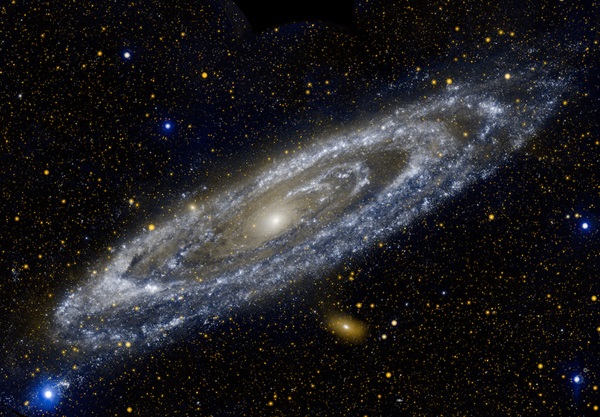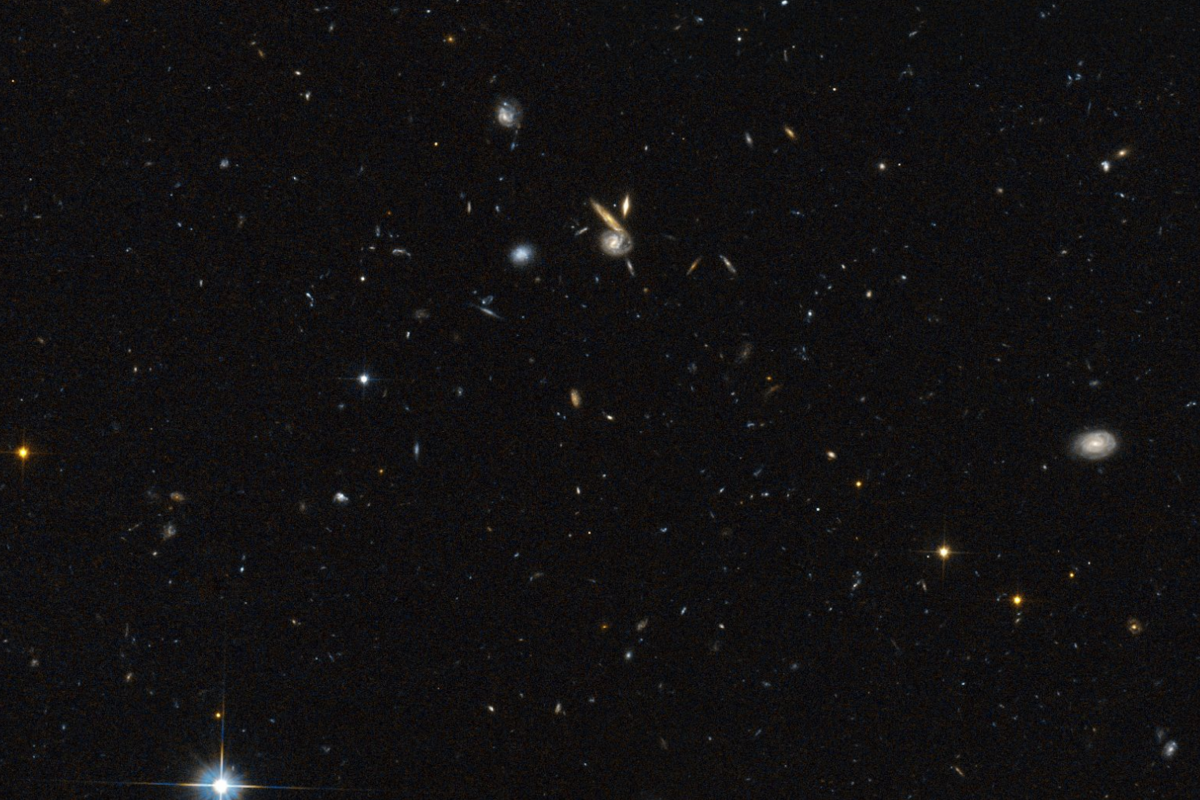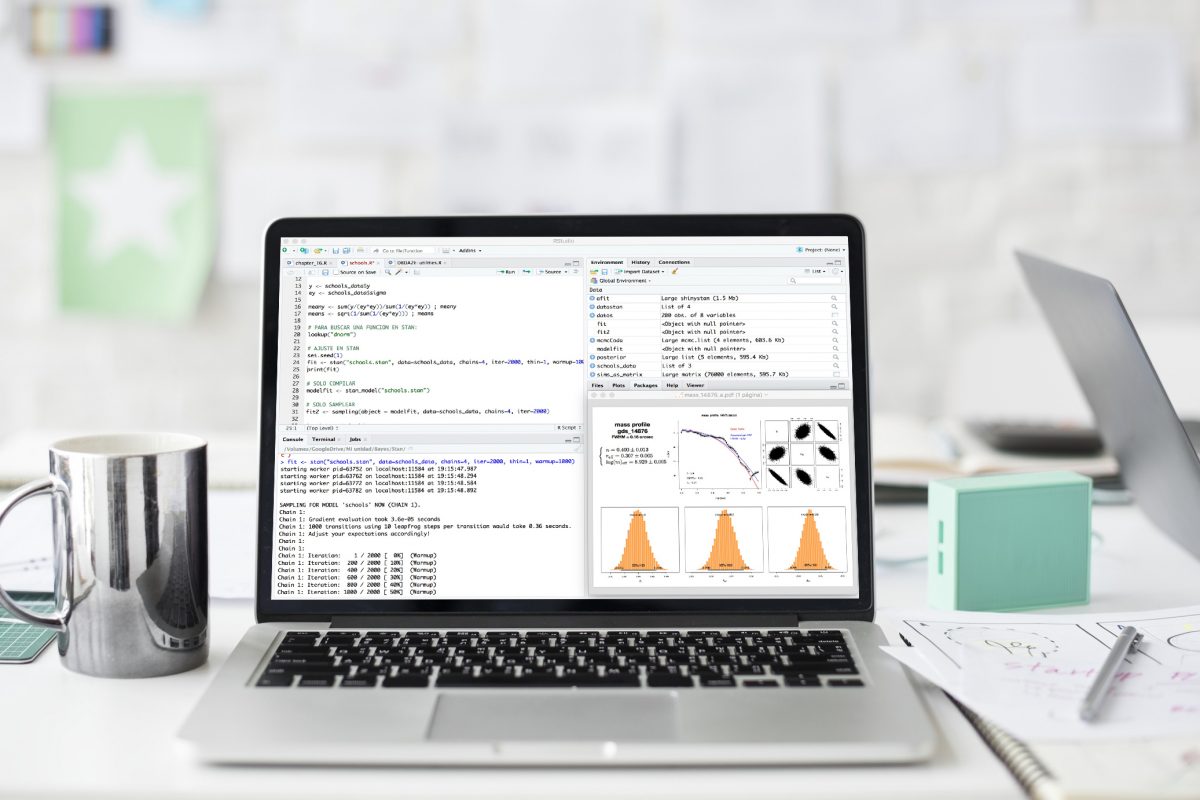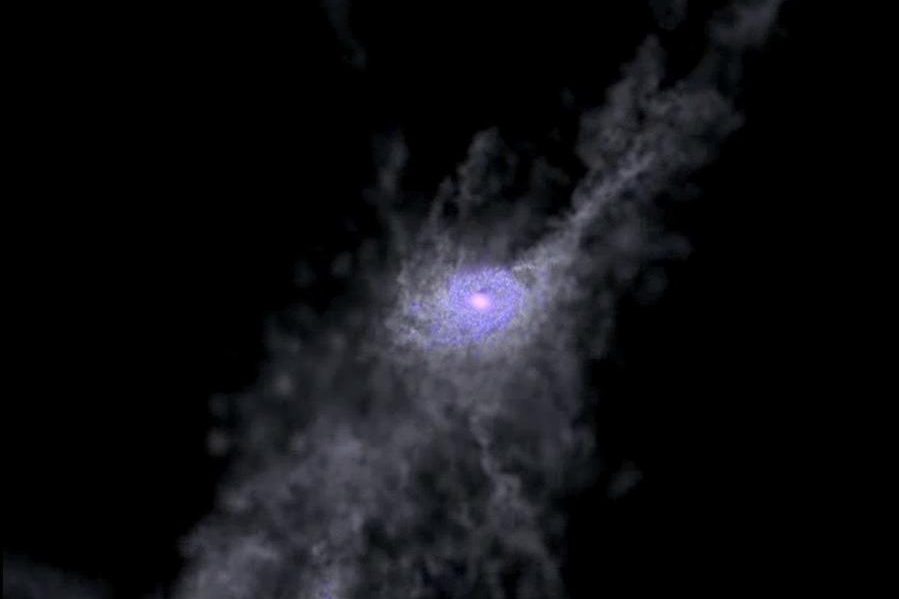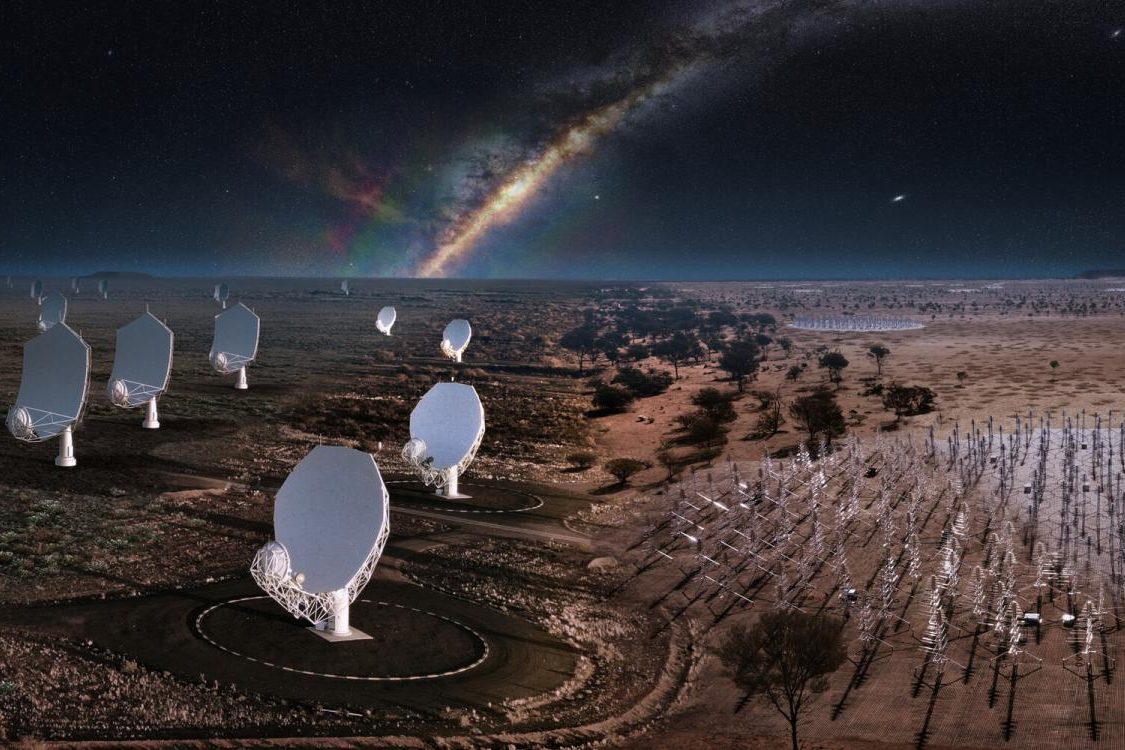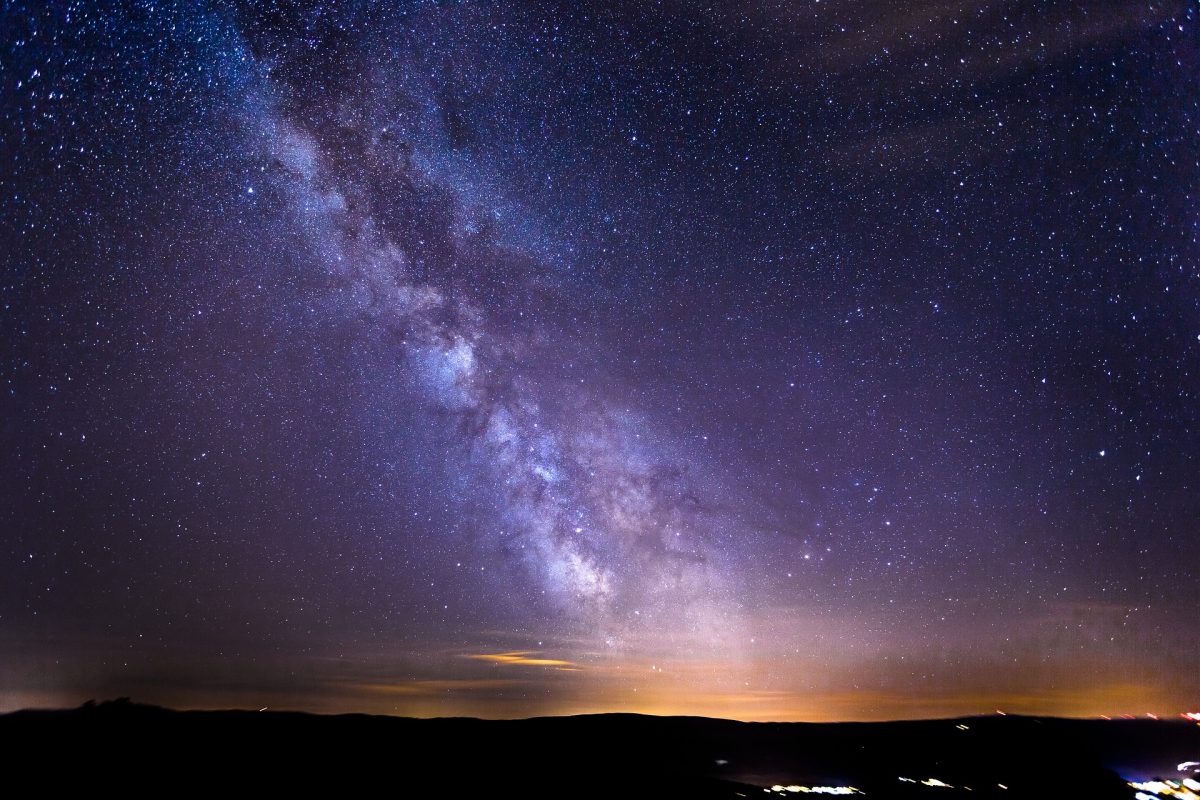Through the study of a diverse sample of nearby galaxies, we can determine the evolution of galaxies over time, and more accurately limit the conditions and evolution of high redshift galaxies that we currently cannot resolve. The main interest of the GUAIX Group in nearby galaxies is focused on the study of the history of star formation and chemical and kinematical properties of disk systems
A few years ago little was known about these processes, but thanks to new observation techniques and increasingly complex and powerful instruments, we have greater resources and information to understand the evolution and formation of distant galaxies.
From this emerges the need for a discipline such as Astrostatistics in order to process the vast amount of data produced by automated scanning of the cosmos, to characterize complex datasets, and to link astronomical data to astrophysical theory. Some of the members of our department are dedicated to this discipline.
Thanks to today’s supercomputers and better algorithms, we can now perform simulations that help us verify and expand on existing experimental knowledge about the universe’s early stages. Some of our researchers are currently working on simulating the formation of the universe, with simulations of different degrees of complexity.
From the physics of the early Universe, to the formation and evolution of stars and galaxies, to extracting energy from supermassive black holes, to planetary habitability, and generally illuminating regions of the Universe that would otherwise go unseen.
The study of light pollution is one of the most innovative research topics, with the greatest scientific and social impact growth in recent years. We are developing instruments and collaborating with several multidisciplinary research groups.

